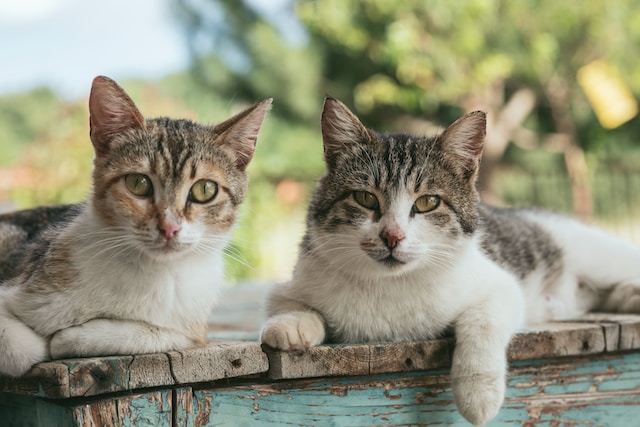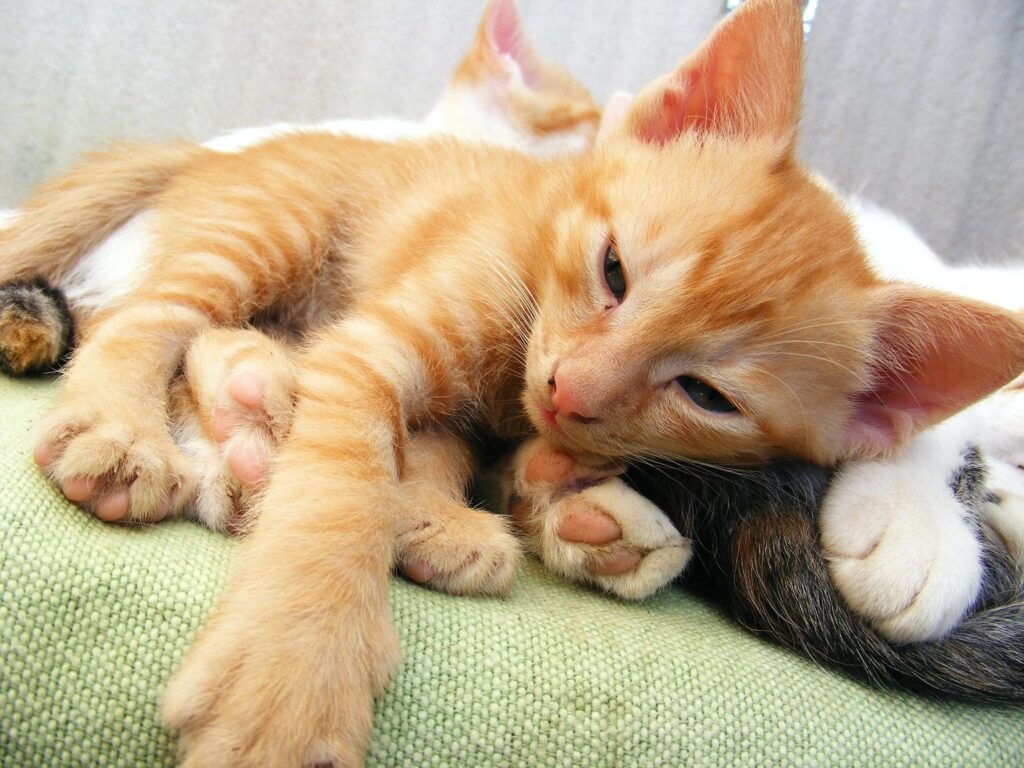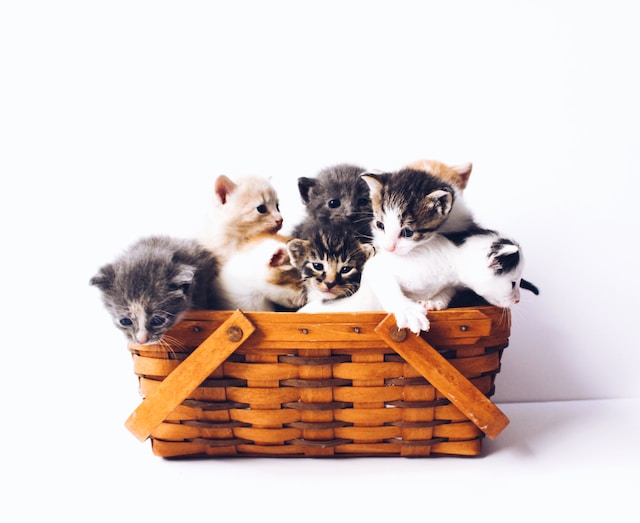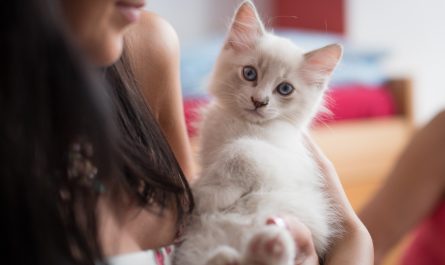Introduction
Introducing cats to one another is an important process that requires careful attention and consideration. By following proper guidelines and recognizing warning signs, you can facilitate a smooth transition and create a harmonious environment for all the feline residents. This article will provide valuable insights into the challenges of introducing cats and offer practical tips for managing potential issues.
Preparing for the Introduction
Introducing cats to each other is an important process that requires thorough preparation. By taking the necessary steps prior to introduction, you can greatly increase the odds of a smooth transition for both felines. Here are some key aspects to remember when planning for their introduction:
Assessing the Resident Cat’s Personality
Understanding the personality of your resident cat is crucial in planning a successful introduction. Some cats are naturally more sociable and open to new companions, while others may be more independent or territorial. By assessing your cat’s temperament, you can tailor the introduction process to their specific needs.
Choosing the Right Time for Introduction
Timing is everything when it comes to introducing cats. It’s important to choose a time when you can dedicate your attention to closely monitoring the initial interactions between the cats. Avoid introducing them during periods of high stress or when there are major changes happening in the household, as this can further disrupt their routines and increase the chances of conflict.
Creating a Safe and Comfortable Environment
Before the introduction, it’s essential to create a safe and comfortable environment for both cats. Each cat should have their own separate space equipped with food, water, litter boxes, and cozy resting areas. This allows them to have their own territories and retreat to a place where they feel secure if they need some alone time.
Gathering Essential Supplies
Gathering the necessary supplies in advance will ensure a smooth introduction process. Some essential items include extra litter boxes, scratching posts, toys, and interactive play items. These supplies help redirect their energy and attention, making the transition more manageable and enjoyable for both cats.
By thoroughly preparing for the introduction and considering these key factors, you can set the stage for a successful and harmonious relationship between your resident cat and the new addition. Remember, patience and careful observation are key throughout the process, as each cat will have their own unique reactions and adjustment periods.
Recognizing Warning Signs
Aggressive Behavior

Growling and Hissing
Growling and hissing are common signs of aggression between cats. When cats exhibit these behaviors, it indicates discomfort and potential conflict. Pay close attention to their body language and intervene if necessary.
Ears Pinned Back
Cats with their ears pinned back are expressing aggression or fear. This defensive posture signifies their readiness to attack or defend themselves. It’s important to address this behavior promptly.
Swatting and Biting
Swatting and biting are aggressive actions that can escalate tensions between cats. These warning signs indicate that the introduction process needs adjustment to prevent further conflict.
Fearful Behavior
Hiding and Avoiding Contact
If a cat hides and avoids contact with the other cat, it’s a clear indication of fear. Fearful behavior can impede the introduction process and may require additional measures to alleviate anxiety.
Trembling or Shaking
Trembling or shaking is a physical manifestation of fear and anxiety in cats. It’s essential to create a calm and reassuring environment to help them feel secure during the introduction.
Excessive Grooming or Licking
Excessive grooming or licking is a coping mechanism for stressed cats. While grooming is normal, an increase in this behavior during introductions may indicate heightened anxiety.
Stress-Related Behavior
Loss of Appetite
Stress can cause a decrease in appetite. If a cat shows a significant loss of appetite during the introduction process, it’s crucial to address the underlying stressors and consult a professional if needed.
Excessive Vocalization
Cats may vocalize excessively when feeling stressed or threatened. Excessive vocalization during introductions can indicate a need for intervention and behavior modification techniques.
Inappropriate Elimination
Inappropriate elimination, such as urinating or defecating outside the litter box, can occur due to stress or territorial disputes. Promptly address this behavior to prevent future conflicts.
Unwanted Interactions
Chasing or Pouncing
Chasing or pouncing behavior can be distressing for the cat being targeted. It’s essential to redirect these interactions and create a controlled and safe environment for both cats.
Stalking or Staring
Stalking or staring behavior can escalate tensions between cats. It’s important to intervene and redirect their attention to prevent confrontations.
Blocking Access to Resources
When one cat prevents another from accessing essential resources like food, water, or litter boxes, it can lead to stress and conflict. Provide separate resources for each cat to avoid resource guarding behavior.

Managing Warning Signs
Identifying the Underlying Cause
To effectively manage warning signs, it’s crucial to identify the underlying cause of the issues. This may involve observing their interactions, consulting a professional, or implementing behavior modification techniques.
Providing Separate Safe Spaces
Offering separate safe spaces for each cat allows them to have a retreat and reduces the likelihood of confrontations. These spaces should have their own resources and provide a sense of security.
Gradual Introduction Techniques
Scent Exchange
Gradual introduction techniques can help cats acclimate to each other’s scent. Swap bedding or use a cloth to rub each cat and exchange scents between them to promote familiarity.
Visual Introduction
Start with visual introductions by using a baby gate or a cracked door. This allows cats to see and observe each other without direct physical contact, reducing stress and anxiety.
Controlled Supervised Interaction
When ready for physical interaction, ensure it is controlled and supervised. Use leashes or harnesses to provide control and prevent aggressive behavior. Gradually increase their time together while monitoring their reactions.
Utilizing Positive Reinforcement
Positive reinforcement plays a crucial role in managing warning signs during cat introductions. Reward desirable behavior, such as calm interactions or friendly approaches, with treats or praise. This encourages positive associations and reduces tension.
Seeking Professional Help
Recognizing when to Seek Assistance
If warning signs persist or escalate despite your efforts, it’s important to recognize when professional help is needed. Persistent aggression, severe stress, or safety concerns warrant the intervention of a veterinarian or animal behaviorist.
Consulting a Veterinarian or Animal Behaviorist
Veterinarians and animal behaviorists possess the expertise to assess and address complex cat introduction issues. They can provide guidance, suggest behavior modification plans, or recommend medication if necessary.
Implementing Behavior Modification Plans
Behavior modification plans are tailored strategies to address specific warning signs and manage cat introductions effectively. These plans may involve desensitization exercises, counter-conditioning techniques, or environmental modifications.
Summary
Recap of Warning Signs
Recognizing warning signs such as aggressive behavior, fearful behavior, stress-related behavior, and unwanted interactions is crucial when introducing cats. These signs indicate potential issues that need to be addressed promptly.
Importance of Patience and Persistence
Introducing cats requires patience and persistence. It’s a gradual process that demands careful observation, adjustments, and consistent positive reinforcement. With time and effort, cats can learn to coexist peacefully.
Creating a Harmonious Environment
By following the outlined guidelines and managing warning signs effectively, you can create a harmonious environment for your cats. A well-managed introduction sets the foundation for a positive and lasting relationship between feline companions.
FAQs
How long does the cat introduction process usually take?
The cat introduction process varies depending on individual cats and their temperaments. Process time may range anywhere from one to several days or even several weeks or even months. Patience and careful observation are key during this process.
Can warning signs be a temporary reaction?
Yes, warning signs can be temporary reactions as cats adjust to new surroundings and companions. Still, if these symptoms continue or escalate fleetly, it’s pivotal that immediate way be taken in order to avert more serious problems from occurring.
What should I do if the pussycats continue to exhibit signs of aggression?
If aggressive cats continue to show signs of behavior, it is imperative that they be separated and the introduction process reassessed. Consider seeking professional help from a veterinarian or animal behaviorist for guidance on managing aggression.
Is it normal for cats to hiss at each other during the introduction?
Hissing is a common behavior during cat introductions and is often an expression of fear or discomfort. While it can be normal, it should not escalate into aggression. Monitor the cats’ interactions closely and intervene if necessary.
Can age or gender affect the introduction process?
Yes, age and gender can influence the cat introduction process. Younger cats and kittens may adapt more quickly, while older cats may take longer to adjust. Additionally, gender dynamics can impact the initial interactions between cats.
Are there any specific techniques for introducing older cats?
Introducing older cats may require a slower and more gradual approach. Allow them to acclimate to each other’s scents first and progress to visual introductions before physical interaction. Patience and careful monitoring are essential.
How can I prevent future conflicts between cats?
To prevent future conflicts, ensure each cat has their own resources, including food, water, litter boxes, and resting areas. Provide mental and physical stimulation through interactive play and maintain a balanced and harmonious environment.
This comprehensive guide provides valuable insights and practical tips for successfully introducing cats. By following these guidelines and addressing warning signs promptly, you can create a positive and harmonious environment for your feline companions. Remember, each cat is unique, and the introduction process may require individual adjustments and ongoing attention.



